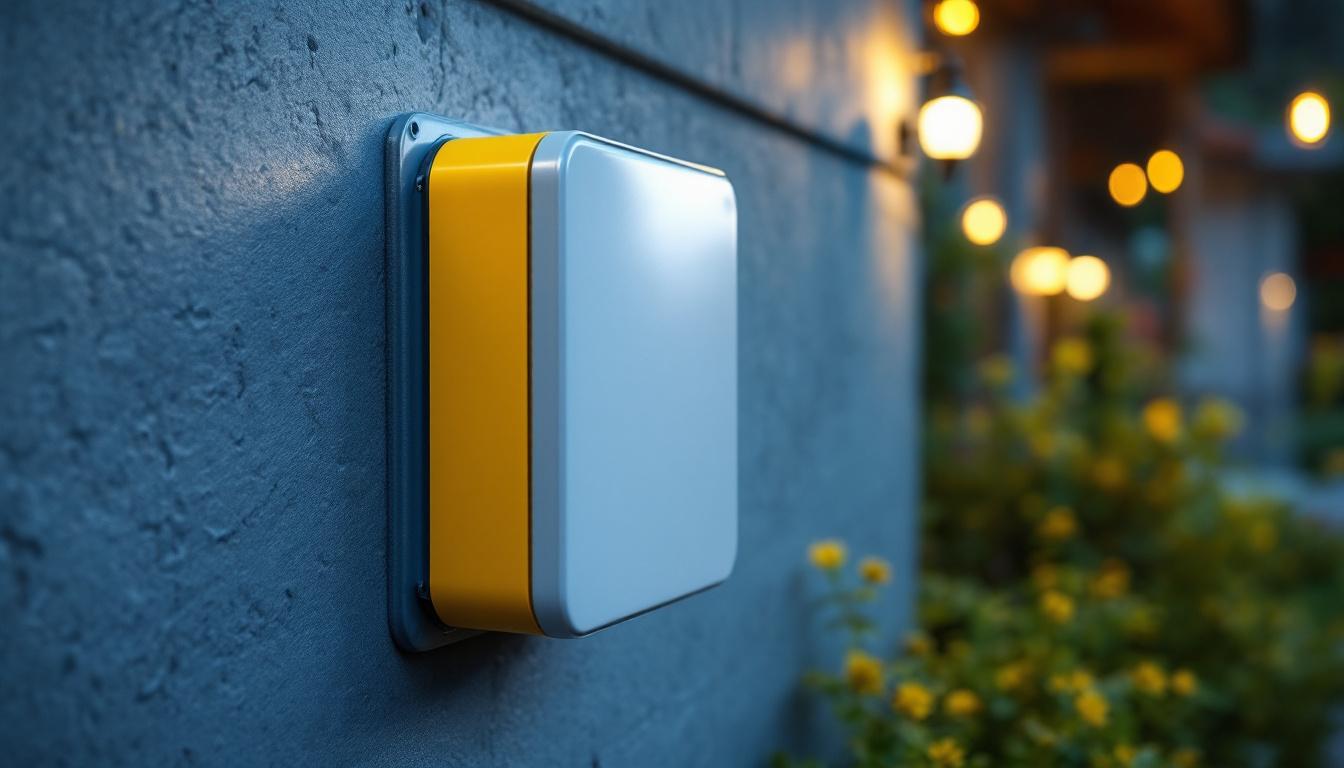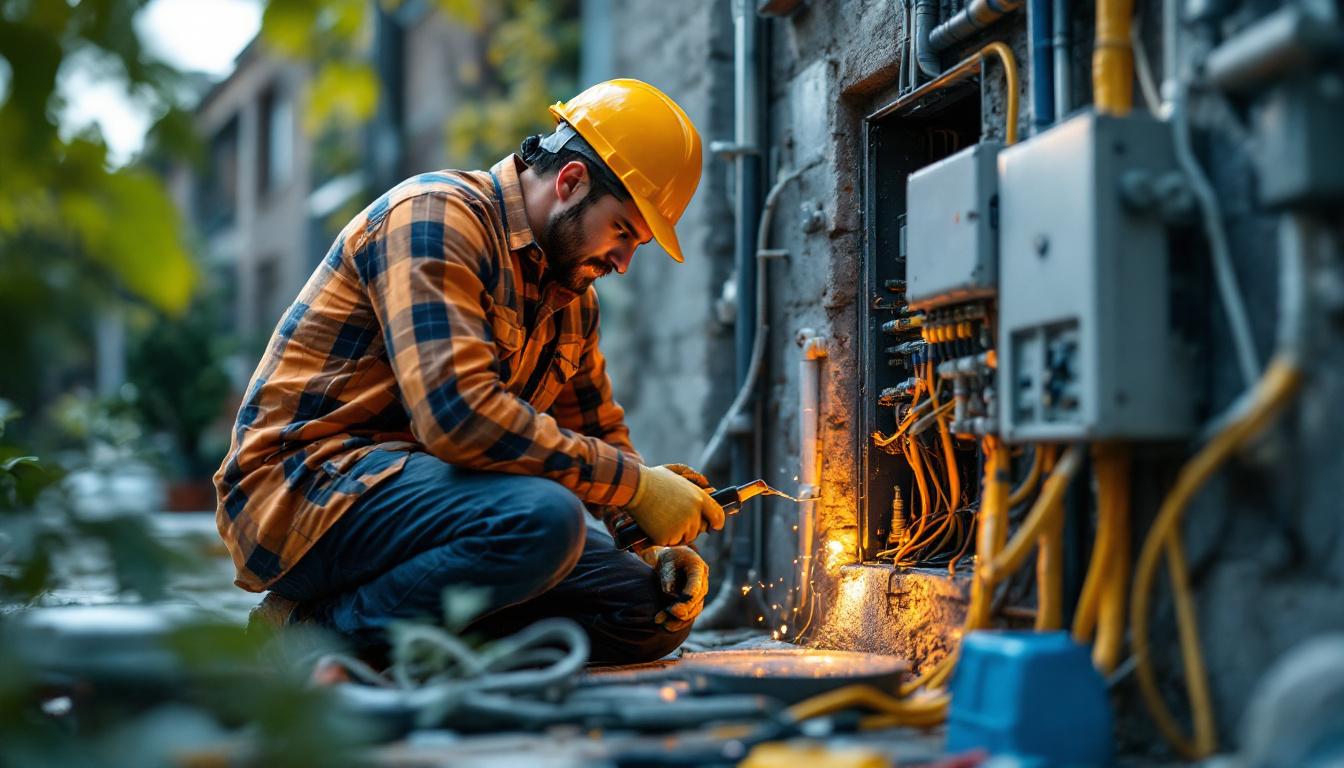
As a lighting contractor, understanding the intricacies of electrical box covers for outdoor applications is crucial. These covers play a significant role in ensuring safety, functionality, and aesthetics in outdoor lighting installations. This article delves into the science behind outdoor electrical box covers, exploring their types, materials, installation techniques, and best practices.
Electrical box covers serve as protective barriers for electrical connections, safeguarding them from environmental elements such as moisture, dust, and debris. In outdoor settings, these covers are essential for preventing water ingress, which can lead to short circuits, equipment failure, and potential fire hazards. Without proper covers, the integrity of electrical systems can be compromised, leading to costly repairs and safety concerns.
Moreover, electrical box covers contribute to the overall safety of outdoor lighting systems. They help to prevent accidental contact with live wires, reducing the risk of electrical shocks. For lighting contractors, understanding the importance of these covers is paramount to delivering safe and reliable installations. Additionally, the presence of well-fitted covers can enhance the aesthetic appeal of outdoor spaces, as they can be designed to blend seamlessly with the surrounding environment, ensuring that safety does not come at the expense of style.
There are several types of electrical box covers designed specifically for outdoor use. Each type serves a distinct purpose and is suited for different applications. Common types include:
In addition to these common types, there are also specialized covers designed for specific applications, such as covers with built-in timers or motion sensors for outdoor lighting. These innovative designs not only protect the electrical components but also enhance functionality, allowing homeowners to automate their outdoor lighting systems for convenience and energy efficiency.
The choice of material for electrical box covers is critical, especially in outdoor environments. Common materials include:
When selecting materials, it’s also important to consider the local climate and environmental conditions. For instance, areas with high humidity or salt exposure may require covers with enhanced corrosion resistance. Furthermore, the UV stability of the materials is crucial for ensuring longevity, as prolonged exposure to sunlight can degrade certain plastics over time. By choosing the right materials, property owners can ensure that their electrical box covers will withstand the test of time and continue to provide reliable protection for their electrical systems.
Proper installation of electrical box covers is essential for ensuring their effectiveness and longevity. Lighting contractors should adhere to best practices to guarantee a secure and compliant installation.
Before installation, it is crucial to prepare the site adequately. This involves ensuring that the electrical box is clean and free from debris. Any existing wiring should be inspected for damage, and necessary repairs should be made prior to covering the box.
Additionally, contractors should assess the location of the electrical box. It should be positioned in a place that minimizes exposure to direct water flow, such as under eaves or overhangs, while still remaining accessible for maintenance and operation. Consideration should also be given to the surrounding landscape; for instance, avoiding areas where heavy foliage could obstruct airflow or trap moisture can further enhance the durability of the installation.
Once the site is prepared, the next step is to secure the cover to the electrical box. This involves aligning the cover with the box and using the appropriate screws or fasteners. It is vital to ensure that the cover is tightly secured to prevent any gaps that could allow moisture or debris to enter.
For weatherproof and in-use covers, it is essential to check that gaskets are properly seated to provide a watertight seal. Any misalignment can compromise the cover’s effectiveness, leading to potential hazards. Furthermore, using corrosion-resistant materials for screws and fasteners is highly recommended, as this can significantly prolong the life of the installation, especially in coastal areas where salt exposure is a concern.
After installation, testing the electrical connections is a critical step. This ensures that everything is functioning correctly and that there are no issues with the installation. Compliance with local electrical codes and regulations should also be verified, as these guidelines help ensure safety and reliability in outdoor installations.
In addition to visual inspections, utilizing a multimeter to check voltage and continuity can provide an added layer of assurance. It is also beneficial to document the installation process, including photographs and notes on any challenges encountered, as this information can be invaluable for future maintenance or inspections. Keeping abreast of any updates to local electrical codes is equally important, as regulations can evolve, and staying informed helps maintain compliance and safety standards in all outdoor electrical work.
To maximize the effectiveness and longevity of outdoor electrical box covers, lighting contractors should follow several best practices.
Conducting regular inspections of outdoor electrical box covers is essential for identifying potential issues before they become significant problems. This includes checking for signs of wear, damage, or corrosion. Any compromised covers should be replaced immediately to maintain safety and functionality.
Additionally, contractors should ensure that the area around the electrical box remains clear of debris and vegetation, which can trap moisture and lead to deterioration over time.
Selecting the appropriate electrical box cover for the specific outdoor application is vital. Factors to consider include the location of the installation, the type of electrical devices being used, and the environmental conditions. For instance, areas prone to heavy rain or snow may require more robust weatherproof covers.
Contractors should also consider the aesthetic aspects of the cover, as it should complement the overall design of the outdoor lighting system while still providing the necessary protection.
Lighting contractors play a crucial role in educating clients about the importance of outdoor electrical box covers. Providing information on proper maintenance, inspection schedules, and the significance of using quality covers can help clients understand their investment’s value.
Furthermore, contractors should encourage clients to report any issues they encounter with their outdoor lighting systems promptly. Early detection of problems can prevent costly repairs and enhance the longevity of the installation.
While outdoor electrical box covers are designed to protect electrical connections, several challenges can arise during installation and maintenance. Understanding these challenges and how to address them is essential for lighting contractors.
One of the most common issues faced with outdoor electrical box covers is moisture ingress. Even with weatherproof covers, improper installation or wear can lead to water entering the box. To combat this, contractors should ensure that covers are installed correctly and that gaskets are intact.
In addition, using sealants or caulk around the edges of the cover can provide an extra layer of protection against moisture. Regular inspections will also help identify any signs of water damage early on, allowing for timely repairs.
Corrosion can significantly affect the performance of electrical box covers, particularly those made from metal. To mitigate this issue, contractors should select covers made from corrosion-resistant materials, such as stainless steel or coated aluminum.
Furthermore, applying protective coatings or paints can enhance the longevity of metal covers. Regular maintenance, including cleaning and inspecting for signs of corrosion, is vital for ensuring the covers remain effective over time.
Accessibility can pose challenges for outdoor electrical box covers, especially in locations that are difficult to reach. To address this, contractors should consider the placement of electrical boxes during the initial installation phase. Ensuring that boxes are positioned in accessible locations can facilitate easier maintenance and inspections.
In cases where accessibility is limited, using in-use covers can provide a practical solution. These covers allow for the use of electrical devices while still protecting them from the elements, making it easier for clients to access their outdoor lighting systems.
Understanding the science behind outdoor electrical box covers is essential for lighting contractors aiming to deliver safe, reliable, and aesthetically pleasing outdoor lighting installations. By recognizing the importance of these covers, selecting the appropriate types and materials, and adhering to best practices during installation and maintenance, contractors can ensure that their projects meet the highest standards of safety and functionality.
Moreover, by educating clients about the significance of outdoor electrical box covers, contractors can foster a culture of safety and awareness that extends beyond the initial installation. Ultimately, investing time and effort into understanding and implementing best practices for outdoor electrical box covers will lead to more successful lighting projects and satisfied clients.
Ready to elevate your outdoor lighting installations with the highest standard of safety and functionality? Look no further than LumenWholesale for all your electrical box cover needs. Our extensive selection of spec-grade lighting products ensures you have access to the best quality without the inflated markups. With unbeatable wholesale prices, free shipping, and a commitment to hassle-free bulk buying, LumenWholesale is your go-to source for reliable, high-performance lighting solutions. Don’t compromise on quality or value; choose LumenWholesale and experience the perfect blend of affordability and convenience. Visit us now for Wholesale Lighting at the Best Value.

Discover essential tips and expert advice from leading lighting contractors on choosing and installing weatherproof electrical boxes.

Discover the ins and outs of 3500K color temperature and its impact on lighting environments.

Discover how replacing T12 fluorescent lights with LED technology enhances efficiency for lighting contractors.

Discover the essential insights into selecting ceiling lamps for office spaces with answers to common questions from lighting contractors.